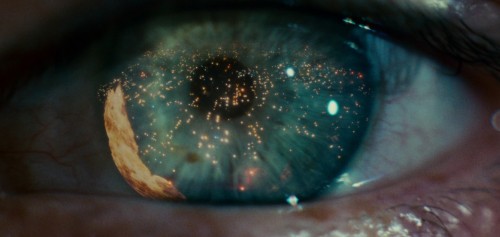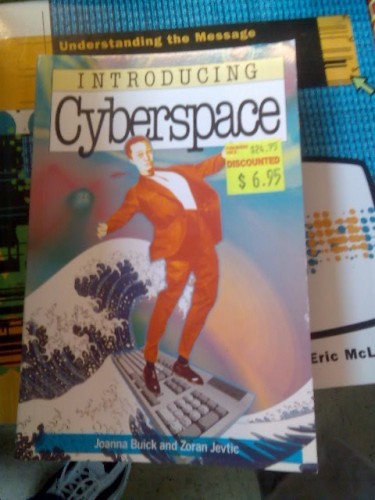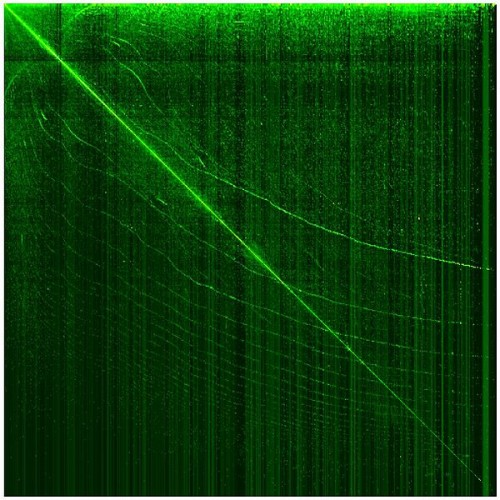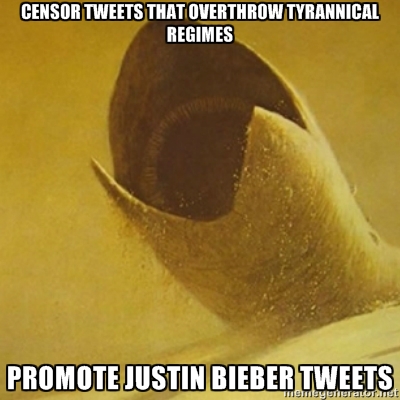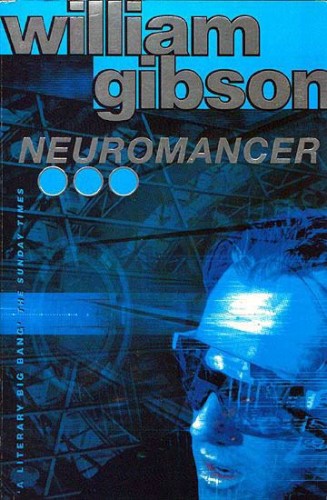What is an identity worth? According to PhoneDog, a ‘personality-driven’ tech-review site, Noah Kravitz’s identity is valued at $42,500 per month. A former employee of PhoneDog, Kravitz successfully acquired a large following on the microblogging site Twitter—17,000 at the time of his leaving. In an attention economy, each follower becomes a valuable and tangible asset. The legal dispute between Kravitz and PhoneDog is over ownership of these 17,000 assets.
When Kravitz left the company, he changed his Twitter handle from @PhoneDog_noah to @noahkravitz and took his growing list of followers with him (I became his 24,390th follower/asset today). Complicating the issue further, he now writes for TechnoBuffalo, a competing tech news site which presumably benefits from Kravitz’s vast following. Last week, a federal judge granted permission for the case to move forward. The existence of such a case, as well as its outcome (which remains yet unseen) both demonstrates and further constructs the shifting relationship between identity, labor, private rights, and worker obligations.
PhoneDog argues that Kravitz’s extensive network was built on the company’s foundation—and on the company’s dime. The notoriety of the site and the legitimacy of the name (i.e. the attachment of PhoneDog to his Twitter handle) facilitated the growth of Noah’s online persona. Moreover, they invested in a sizeable PR campaign to grow PhoneDog’s social media presence, and promoted Noah as the representative. Not only did this help raise Noah to micro-celebrity status, but made him an influencer—or someone who has enough influence to sell ad space. In short, PhoneDog argues that Kravitz gained his followers under the PhoneDog name and under the PhoneDog payroll, making these followers the property of the company. They estimate that each of his followers is worth $2.50 per month, and they seek reparations. In a message to readers dated January 3rd 2012, PhoneDog describes Noah’s rise to fame as follows: more...



